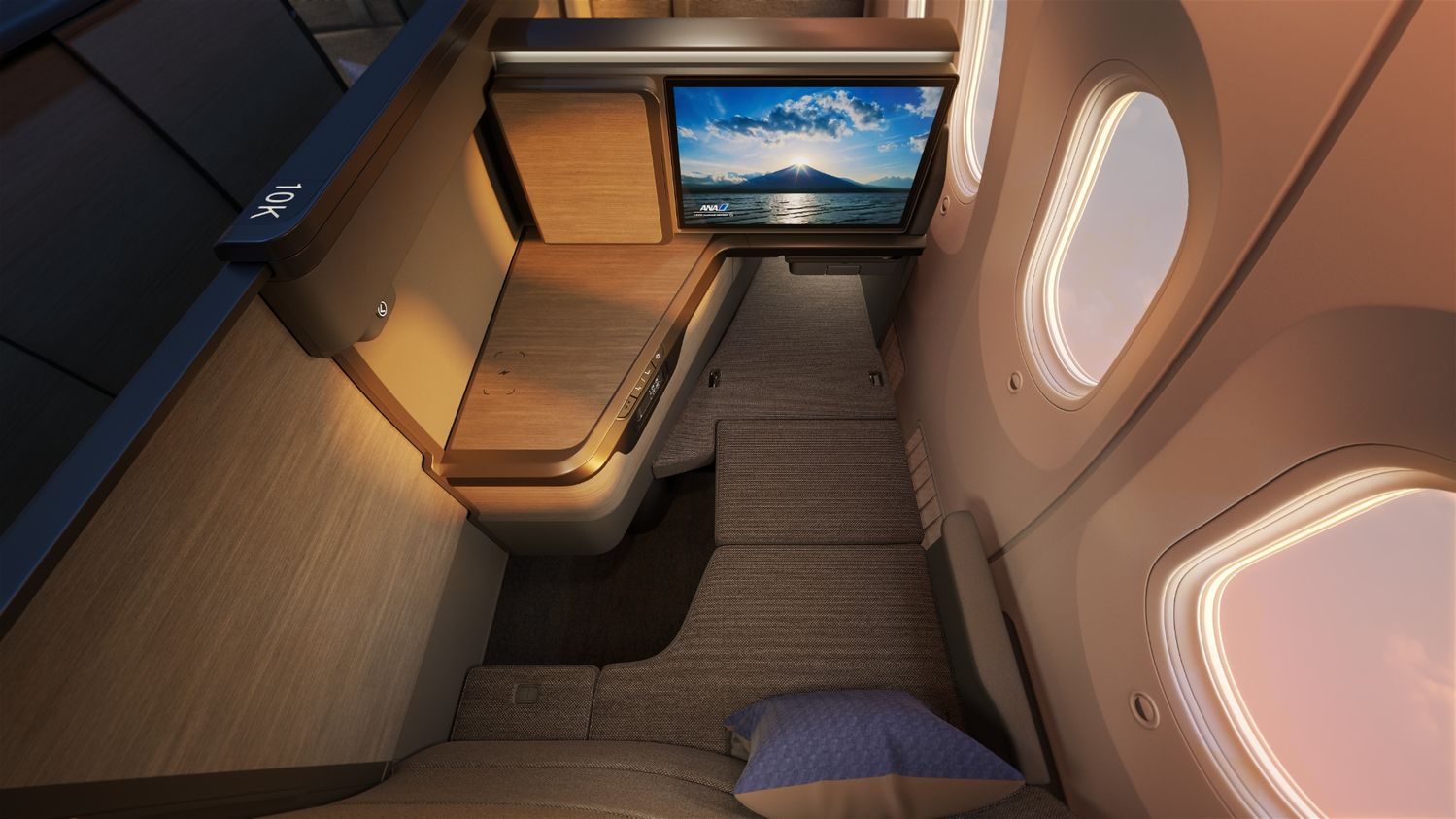Why Is Southwest Banning Portable Chargers From Overhead Bins?
The new regulations come into effect this week after a rising number of onboard fires
by Fergus Cole
May 27, 2025
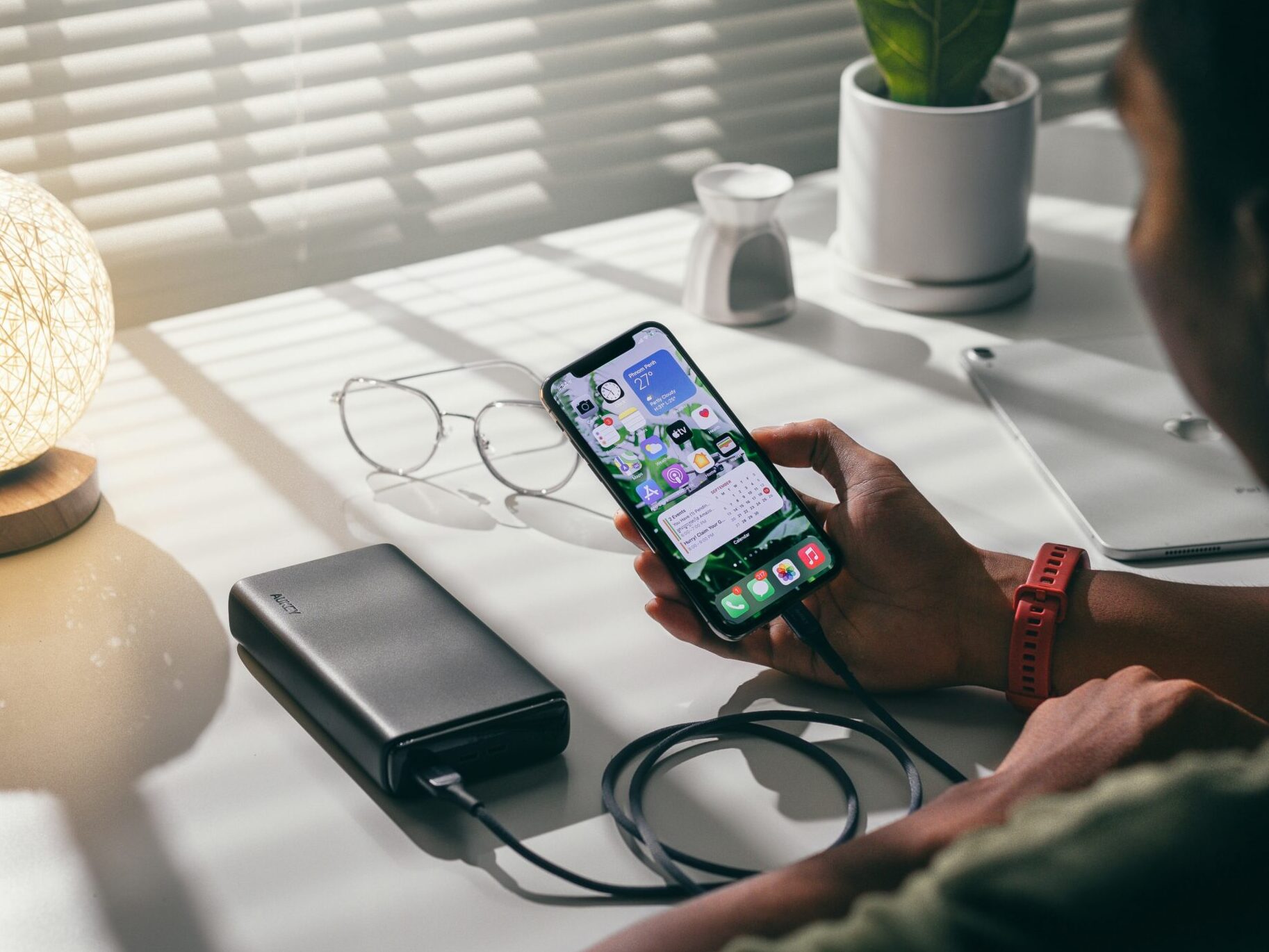
Photo: Courtesy of I'M ZION / Unsplash
Southwest Airlines is implementing a new policy regarding portable charging devices due to increasing concerns about their potential to cause fires on aircraft.
Starting Wednesday, May 28, passengers will not be allowed to use these chargers in their carry-on luggage or overhead bins. Instead, they must keep their portable chargers visible while in use.
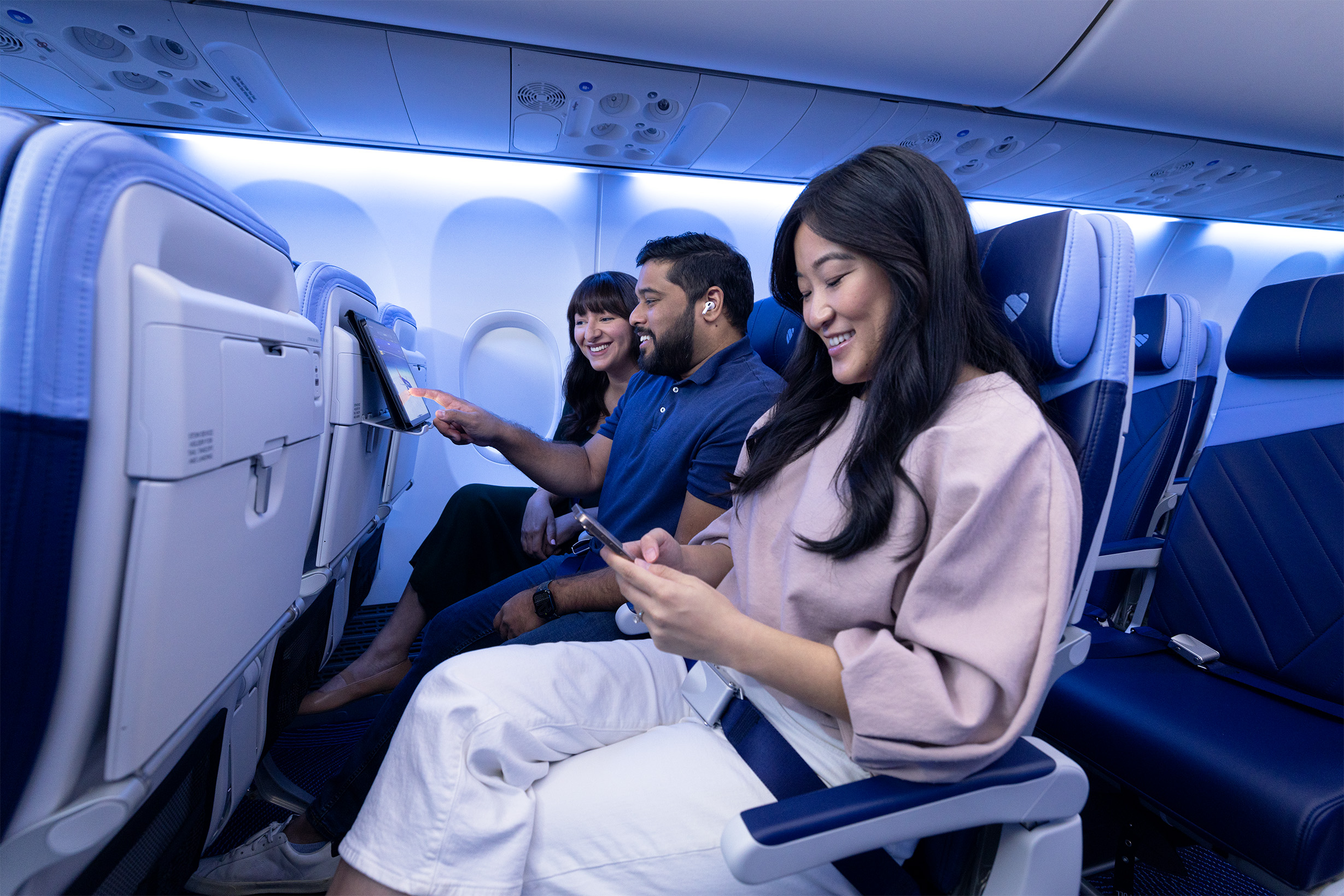
Photo: Courtesy of Stephen Keller / Southwest Airlines
According to the airline, this new policy — the first of its kind in the U.S. — aims to reduce the risk of onboard fires caused by overheating charging devices, enabling crew members to respond swiftly to any potential incidents.
Safety First: Statement from Southwest
“Southwest will introduce a first-in-industry safety policy on May 28 requiring customers to keep portable charging devices visible while in use during flight,” said Southwest in a statement. “Using portable charging devices while stored in a bag or overhead bin will no longer be permitted. Nothing is more important to Southwest than the safety of its customers and employees.
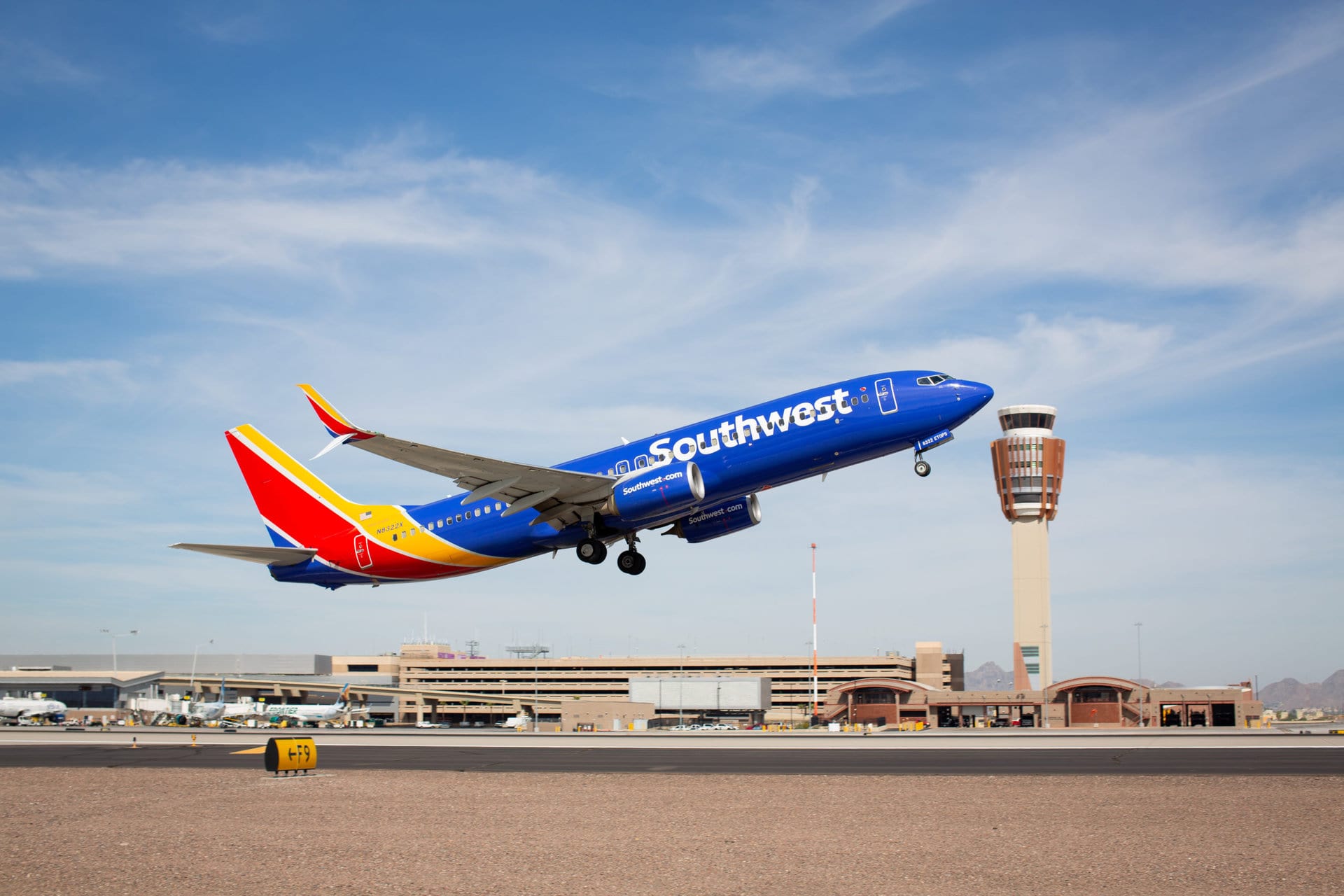
Photo: Phoenix, Arizona. Courtesy of Southwest Airlines / Stephen M. Keller
“In the rare event a lithium battery overheats or catches fire, quick access is critical. Keeping power banks in plain sight allows for faster intervention and helps protect everyone onboard.”
Growing Concerns and Industry Response
Southwest has implemented the new onboard policy following a growing number of concerning reports related to lithium-ion battery fires on commercial flights, which also includes batteries in other devices like cell phones and e-cigarettes.
According to data from the Federal Aviation Administration (FAA), a record 89 incidents of lithium-ion battery fires were reported on planes in 2024, while 19 additional incidents have been reported in 2025 so far. The number of incidents has increased each year since 2020, when 39 were reported in total.

Photo: Courtesy of Chris Lynch / Unsplash
According to research from UL Standards & Engagement, portable chargers were responsible for 19 percent of onboard fires in 2024, second only to e-cigarettes – which accounted for 28 percent of all incidents last year—and only just ahead of cell phones. However, the report found that despite these risks, almost a third of passengers brought portable chargers onboard last year.
Meanwhile, over a quarter put vapes, e-cigarettes, and portable chargers in their checked luggage, which is against Transportation Security Administration (TSA) rules.
Current TSA regulations state that portable chargers and e-cigarettes with lithium-ion batteries cannot be carried in checked luggage, although they are permitted in carry-on bags. The FAA also recommends that all passengers keep their cell phones and other lithium-ion battery-powered devices accessible when flying, but these are just guidelines and are not enforced.
Customary Rules in Asia
While Southwest is the first U.S. airline to impose restrictions on the use of portable chargers onboard, several Asian airlines have already limited their use.
In January this year, an Air Busan aircraft caught fire before takeoff at Hong Kong International Airport (HKG), causing all 176 passengers and crew to be evacuated. While the exact cause of the fire has yet to be determined, South Korean authorities were quick to ban portable chargers from being stored in carry-on luggage or overhead bins.
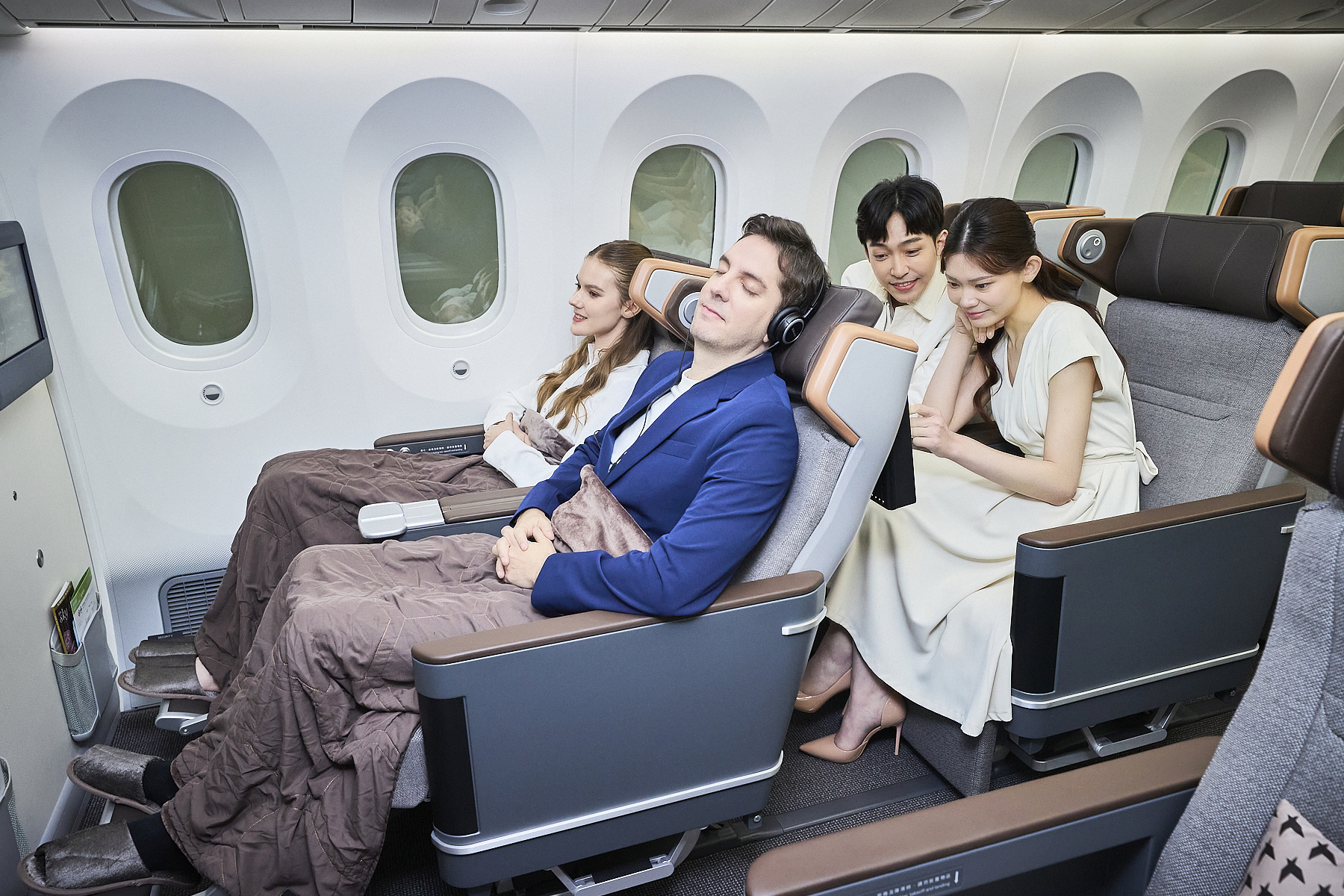
Photo: Courtesy of EVA Air
A large number of Asian airlines have since imposed similar restrictions on the use of portable chargers onboard, including Singapore Airlines, Cathay Pacific, EVA Air, China Airlines, and Thai Airways.

